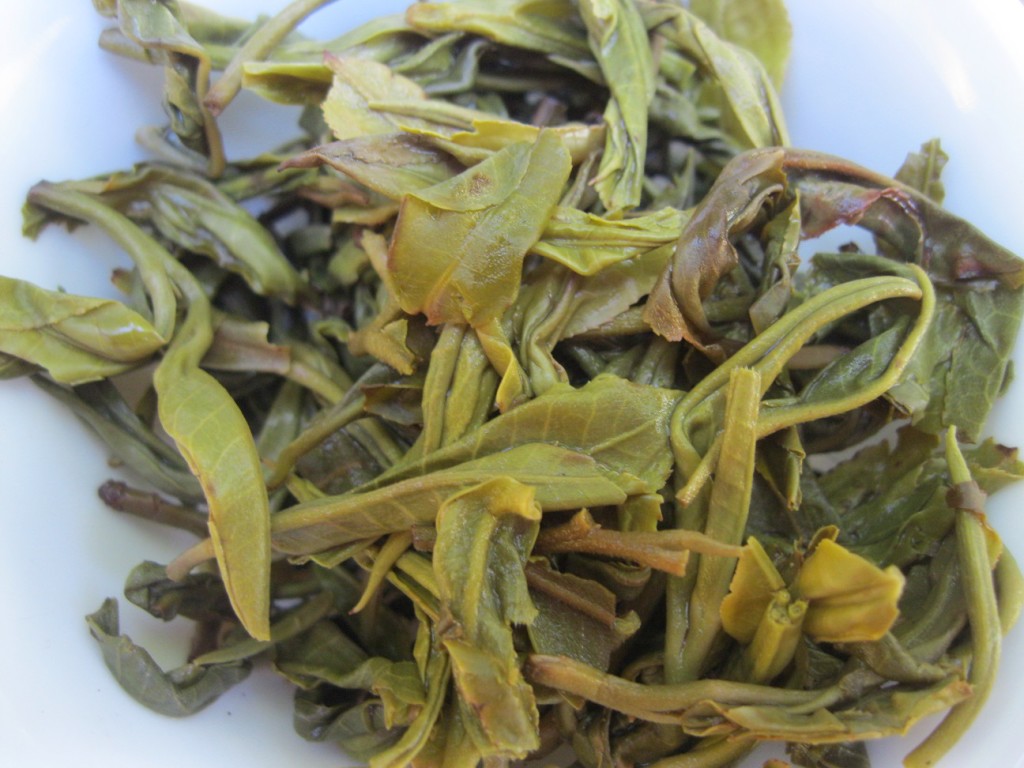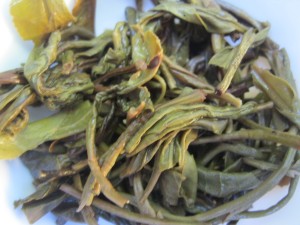Health Benefits of Pu erh Tea

Health Benefits of Pu erh Tea
 Health Benefits of Pu erh Tea are well recognized in China but are only slightly known in the English-speaking world. Generally, pu erh is a tea category specific to the Yunnan large-leaf variety of Camellia sinesis. There are two broad categories of pu erh, raw and ripe. It is usually the ripe type that garners most attention for its health imparting properties, while the raw type is a favorite among collectors and tea enthusiasts. Chinese understanding of pu erh’s benefits is largely based on the principles of Chinese medicine. Where necessary, further explanation of these principles will be provided in the discussion below.
Health Benefits of Pu erh Tea are well recognized in China but are only slightly known in the English-speaking world. Generally, pu erh is a tea category specific to the Yunnan large-leaf variety of Camellia sinesis. There are two broad categories of pu erh, raw and ripe. It is usually the ripe type that garners most attention for its health imparting properties, while the raw type is a favorite among collectors and tea enthusiasts. Chinese understanding of pu erh’s benefits is largely based on the principles of Chinese medicine. Where necessary, further explanation of these principles will be provided in the discussion below.
Ripe pu erh – Shou
Ripe pu erh is warm in nature. Warmth benefits most digestive disorders, though certainly not all. As one ages the internal fire that fuels metabolism declines. Ripe pu erh warms the stomach and improves overall digestive function. Ripe pu erh’s post-fermentation processing introduces enzymes that facilitate the oxidation of the raw material and microbes that through complex reactions expedite transformation of the tea material, known as mao cha (毛茶). The benefits from these cultures is similar to that obtained from other fermented foods, with one big difference. Most other fermented foods are very sour and/or salty. The taste of the food governs the organs to which the energy of that food will largely be directed. Ripe pu erh is primarily sweet, so it’s action is especially directed toward the spleen and stomach, the chief organs of digestion.
Raw pu erh – Sheng
Conversely, individuals with hot livers, with symptoms like temporal and stress headaches, impatience and irritability, will benefit from drinking raw pu erh. This is because the cooling nature of raw pu erh clears the internal heat that gives rise to such symptoms. It also is beneficial for itchiness, acne, dry mouth, and a bitter taste in the mouth. With this presentation we’re looking for redness: red pimples, red face, a red demeanor.
The brewing process
Drinking around four cups of pu erh tea will gradually help resolve heat. Rinse 10g of pu erh in a 150ml gaiwan or yixing pot. After about 15min rest time in which the leaves open up, infuse your brew for 15sec and pour the brew into a pitcher. Do this four times. You’ll end up with about two cups of tea, which you’ll then want to sip on slowly over about two hours. Depending upon the strength of your leaves, you could be able to run your brew at least four more times. If it doesn’t agree with your stomach, then you can half the dose of raw and add one of the following: ripe pu erh, ginger powered or raw, roasted barley, or cinnamon. Start with a ratio of one-to-one.
Differences of ripe and raw pu erh tea
Remember the constitution of food doesn’t change with the water temperature, but it does change through processing. Ripe pu erh is just raw pu erh that has been processed. Old ripe pu erh has undergone much slower processing and if the storage conditions are on the dry and cool side enzymatic action will be much less than with warmth and humidity. The difference is quite obvious. The more bitter and astringent, usually the cooler its constitution. Test for yourself. How you react to bitter brews in early spring might be altogether different late in July.
More Benefits – Digestion
To a very large extent health imbalances express a hot or cold nature. Ripe pu erh tea can benefit digestive conditions of a cold nature, whereas it can address headaches and acne, which are conditions of a hot nature. The implications for improved digestion have been discussed in previous postings and will also be done in the future.
Cheers,
PJ
